For a 1 kW solar energy system, an average area of 6 to 8 m² is required. This calculation may vary depending on panel efficiency, the technology used, and the installation angle. When high-efficiency panels are used, the same capacity can be achieved in a smaller area, whereas standard panels require a larger roof or land area.
When investing in solar panels, focusing only on square meters is not sufficient. The region’s annual sunshine duration, shading conditions, and the tilt angle of the panels also directly affect the amount of energy to be produced. The same 1 kW system can operate with different efficiencies in different provinces. Therefore, both the panel type and the geographical conditions should be taken into account for an accurate calculation.
In addition, the annual electricity production of a 1 kW system is just as important as the square-meter calculation. Under average conditions, a system of this capacity can generate 1,200 to 1,600 kWh of electricity per year. When this value is compared with household electricity consumption, it gives a clearer idea of the required system size and plays a critical role in determining the payback period.
How Many m² of Roof Area Are Needed for a 1 kW PV System?
For a 1 kW solar energy system, an average roof area of 6 to 8 m² is sufficient. This value may vary depending on the efficiency of the panel used. When high-efficiency panels are preferred, less area is needed to generate the same power, while with standard panels the roof surface needs to be somewhat larger.
In roof area calculations, square meter measurement alone is not sufficient. The installation angle, orientation, and shading of the panels also directly affect electricity production. For example, a south-facing and unshaded roof provides much higher efficiency than a north-facing roof in the same area. Therefore, when making an accurate calculation, not only the area but also the installation conditions should be considered.
The annual energy production of a 1 kW system varies according to the region’s sunshine duration. Under average conditions, an installation of this capacity can provide 1,200 to 1,600 kWh of electricity per year. When this figure is compared with the consumption needs of a household or business, it serves as a guide in determining the required system capacity. When planning an investment, area, efficiency, and production should be evaluated together.
Does the Required Area for a 1 kW PV System Change Depending on Panel Efficiency?
The area required for a 1 kW solar energy system varies depending on the efficiency of the panel used. While high-efficiency panels can provide the same capacity on a smaller surface, low-efficiency panels require a larger roof area. Therefore, the preferred panel technology is one of the most important factors that directly determines the space requirement of the investment.
As the efficiency rate increases, fewer panels are needed to produce the same amount of electricity. For example, modern panels with 20% efficiency generate the same power in a much smaller area compared to classic panels. This is a major advantage especially for buildings with limited roof area. With the right panel selection, the available area can be utilized in the most efficient way.
In roof area planning, not only panel efficiency but also sunshine duration, shading effect, and installation angle should be taken into account. However, the higher the efficiency, the less area is required and the amount of energy obtained from the installation becomes more predictable. Therefore, when investing, paying attention to efficiency values before the panel price becomes a more profitable choice in the long run.
For a 1 kW System, What Is the Watt Value per Square Meter?
For a 1 kW solar energy system, the average watt per square meter value varies between approximately 150 and 200 W. This ratio may vary depending on the technology and efficiency level of the panel used. High-efficiency panels offer the advantage of producing more electricity in the same area.
In calculating the area of a system, the size and efficiency of the panels are the determining factors. With standard panels, 1 m² of surface can provide around 150 W of power, whereas with modern and advanced panels this value can exceed 200 W. This offers more compact solutions for buildings with limited roof area.
Watts per square meter is of great importance in investment planning. When this value is determined correctly, the capacity of the roof area can be calculated clearly and the total power of the system to be installed can be estimated more accurately. Thus, unnecessary costs are avoided and maximum efficiency is obtained.
For investors, what matters is not only the total installed power but also the production value obtained per square meter. The higher this ratio, the faster the economic return of the system. With the right panel selection, the watt value per square meter can be raised to the most efficient level.
Specifically in Türkiye, How Much Area Does a 10 kW PV System Occupy?
In Türkiye, a 10 kW solar energy system requires an average area of 60 to 80 m². This value may vary depending on the efficiency ratios and sizes of the panels used. When high-efficiency panels are preferred, a smaller roof or land area is sufficient to obtain the same power, whereas standard panels require a larger area.
Regional sunshine duration also plays an important role in the performance of the system. In regions of Türkiye with high solar potential such as the Mediterranean, Aegean, and Southeastern Anatolia, the amount of energy obtained from the same area is higher. This provides an advantage in area calculations and shortens the payback period of the investment. Proper tilt and orientation also make the use of space most efficient.
When calculating the area that a 10 kW installation will occupy, it is not enough to focus only on square meters. Roof slope, shading factors, and the mounting layout should also be considered. When all these elements come together, both proper area planning can be done for a 10 kW system in Türkiye and maximum electricity production can be targeted.
Is the PV Area Requirement Standard or Variable?
In solar energy systems, the area requirement is not calculated based on a fixed standard; different results arise depending on many variables. Panel efficiency, the technology used, panel size, and the characteristics of the installation site are decisive at this point. Therefore, the required square meter calculation is made separately for each installation.
Factors such as roof slope, orientation, and shading also directly affect the area requirement. When high-efficiency panels are used, the same capacity can be achieved on a smaller surface, whereas standard panels require a larger area. This highlights the importance of the right panel choice, especially for buildings with limited roof area.
In addition, the sunshine duration and climatic conditions of the region where the investment will be made should be taken into account in planning. In countries like Türkiye, where regions have different solar potentials, the same system may be installed with different area requirements. Therefore, instead of a standard value, it is best to make a calculation specific to the conditions where the system will be installed when determining the PV area requirement.
The Importance of Regional Sunshine Duration in Türkiye
In Türkiye, the importance of regional sunshine duration is a critical factor in terms of efficiency and investment payback for solar power plant installations. Each region has a different annual solar potential, and this creates significant differences in the amount of electricity produced by a system with the same capacity. For example, the Mediterranean and Southeastern Anatolia regions stand out with high sunshine durations throughout the year, while lower production values may be seen in the Black Sea region.
Average annual sunshine duration by region in Türkiye:
- Mediterranean Region: over 2,800 hours
- Southeastern Anatolia Region: close to 2,700 hours
- Aegean Region: around 2,600 hours
- Central Anatolia Region: around 2,500 hours
- Marmara Region: around 2,300 hours
- Black Sea Region: under 2,000 hours
For proper investment planning, the sunshine duration of the region where the system will be installed must be taken into account. In provinces with high solar potential, more energy can be produced in smaller areas, whereas in regions with low potential, larger areas and more powerful systems may be required to obtain the same amount of electricity. Therefore, installations made without analyzing regional climate and sunshine data may not deliver the expected return in the long term.
Panel Selection for Roofs with Limited Area
In buildings with limited roof area, choosing the right panel is critical to getting maximum efficiency from the system. In this case, the panels to be preferred should have high efficiency values. High-efficiency panels provide the same electricity production on smaller surfaces, eliminating the disadvantage of space constraints. In addition, panel dimensions should be carefully examined and the most suitable layout for the roof should be planned.
To use the area efficiently, monocrystalline panels stand out because this technology produces more energy per square meter. If there is a possibility of shading on the roof, half-cut cell or bypass-diode panels can be chosen to minimize production losses. With the right technology and layout, even a limited roof area can be transformed into a high-performance solar energy system.


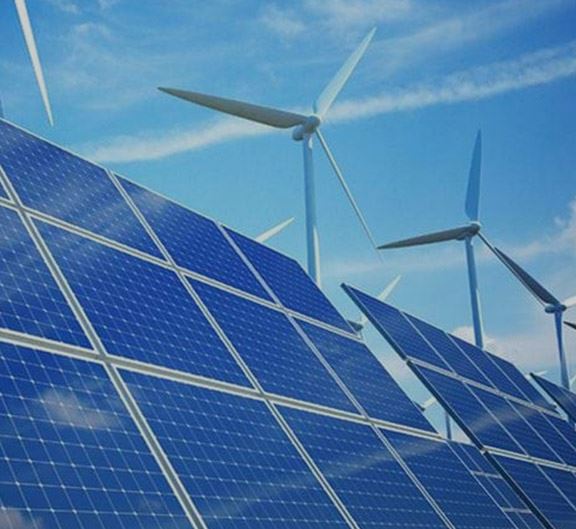
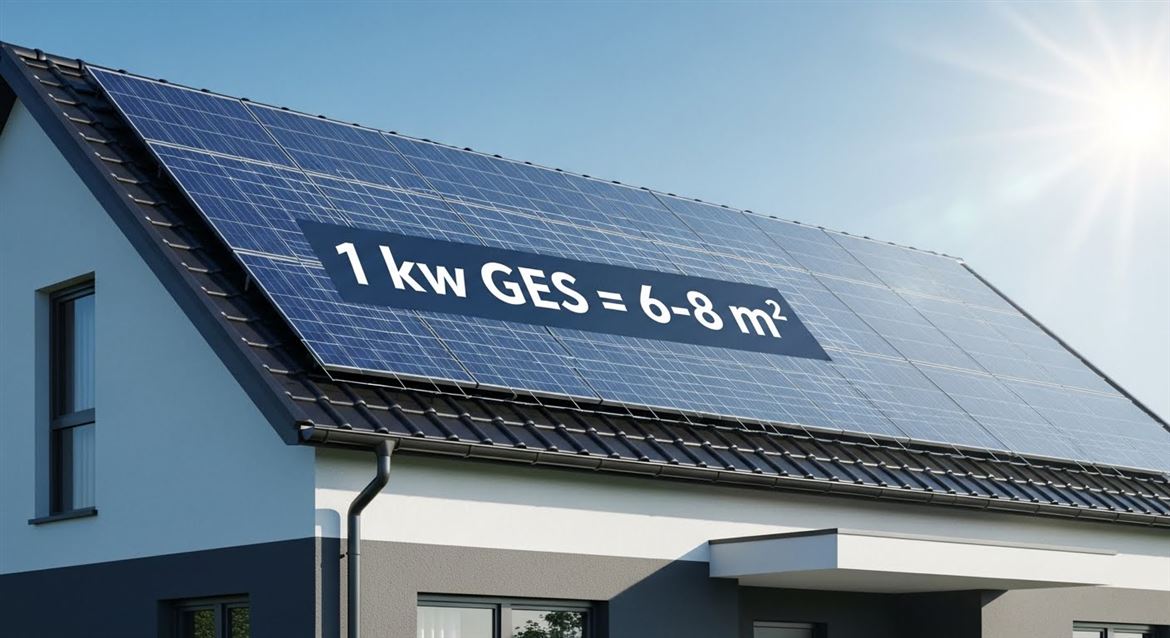
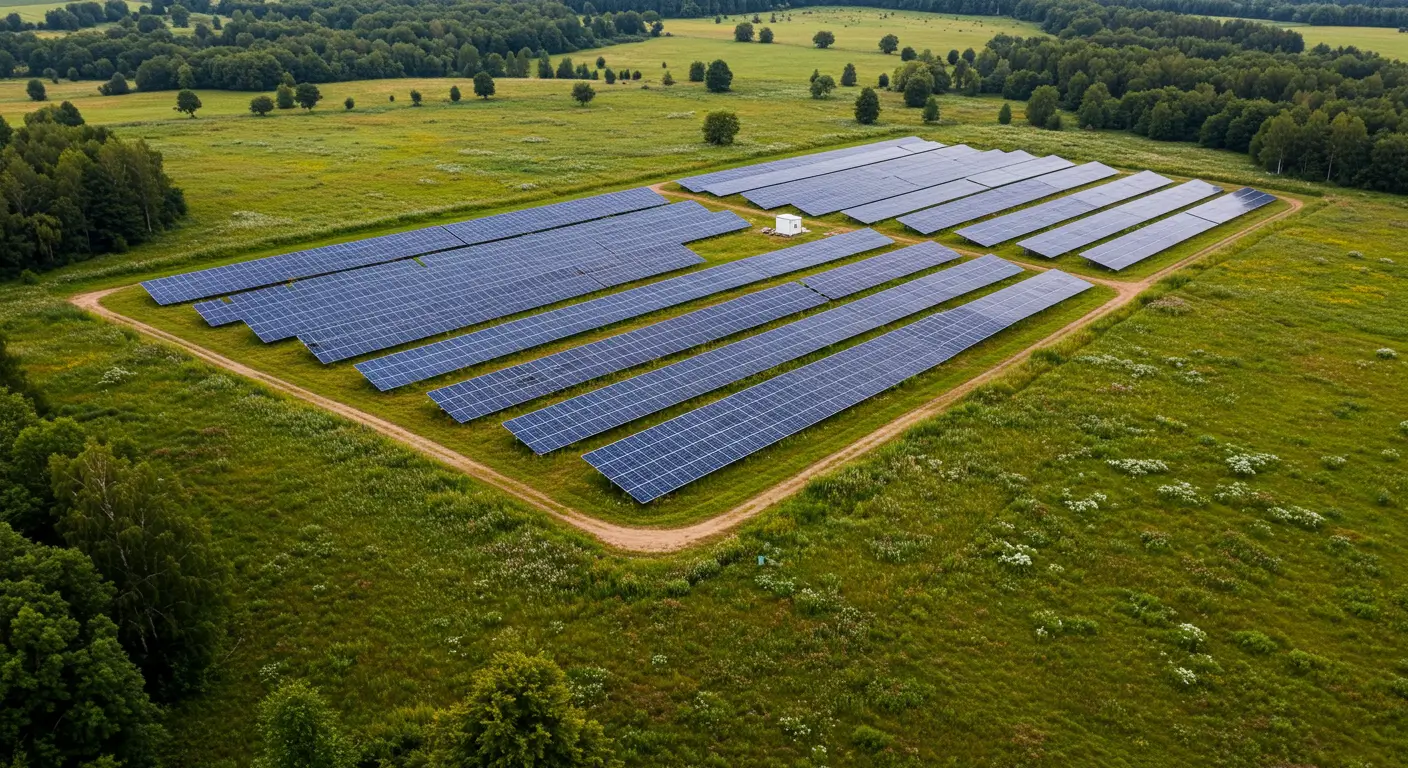
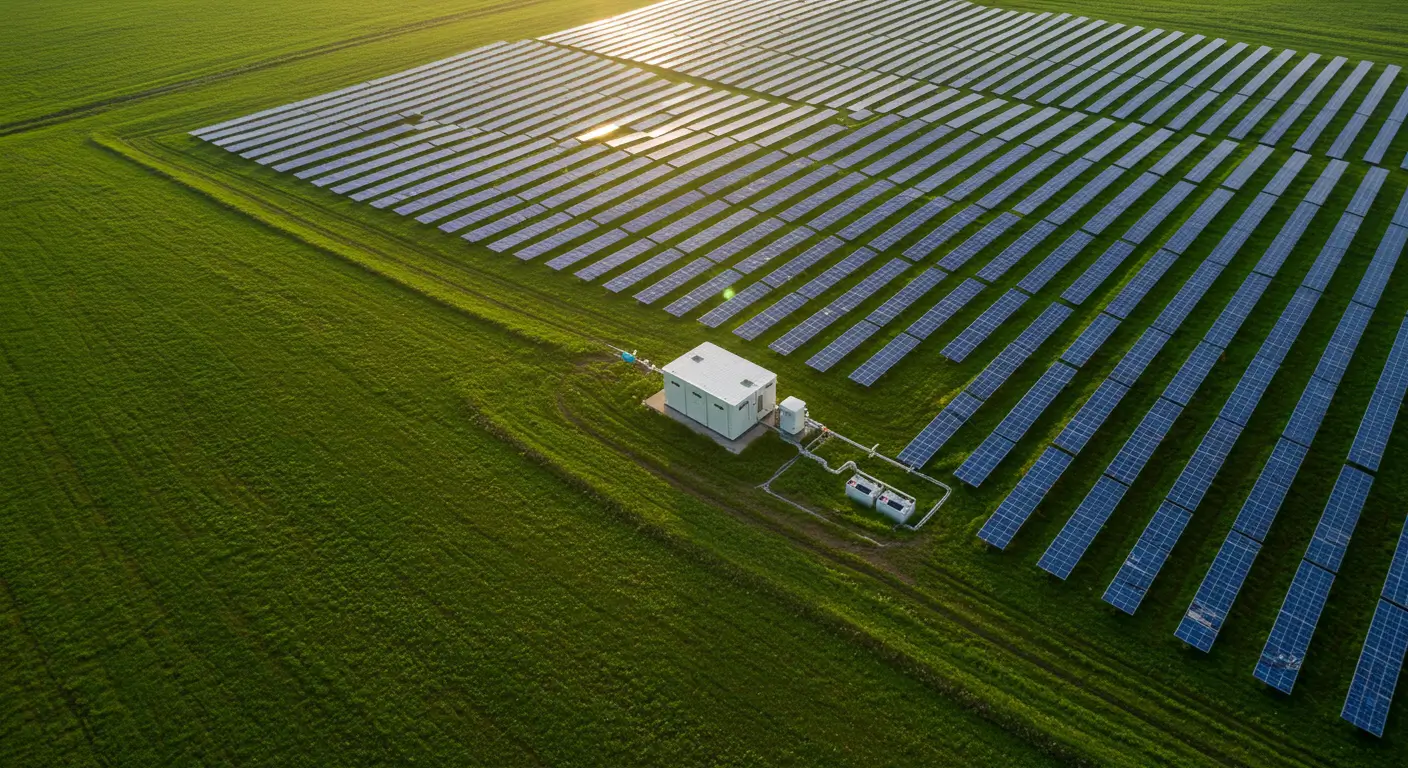
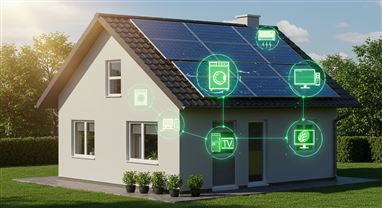
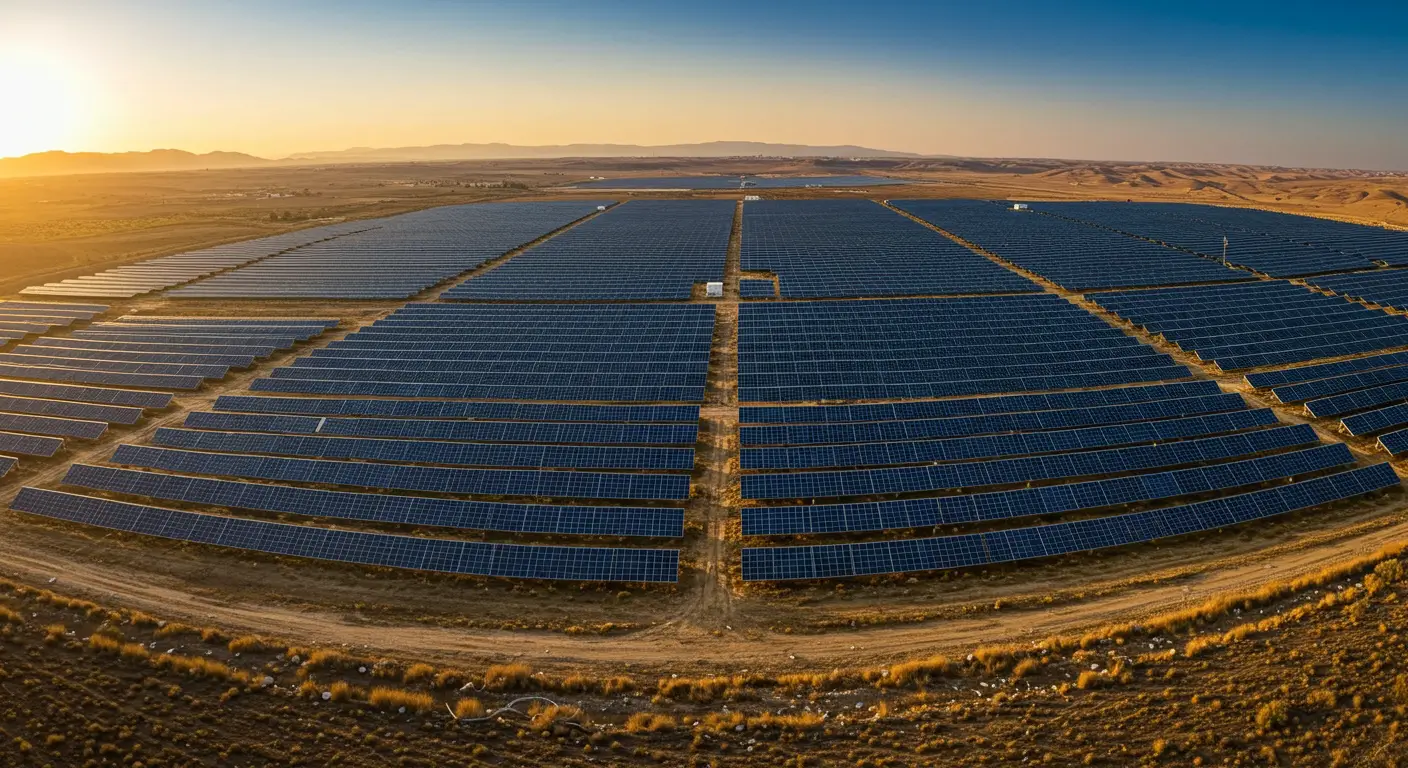
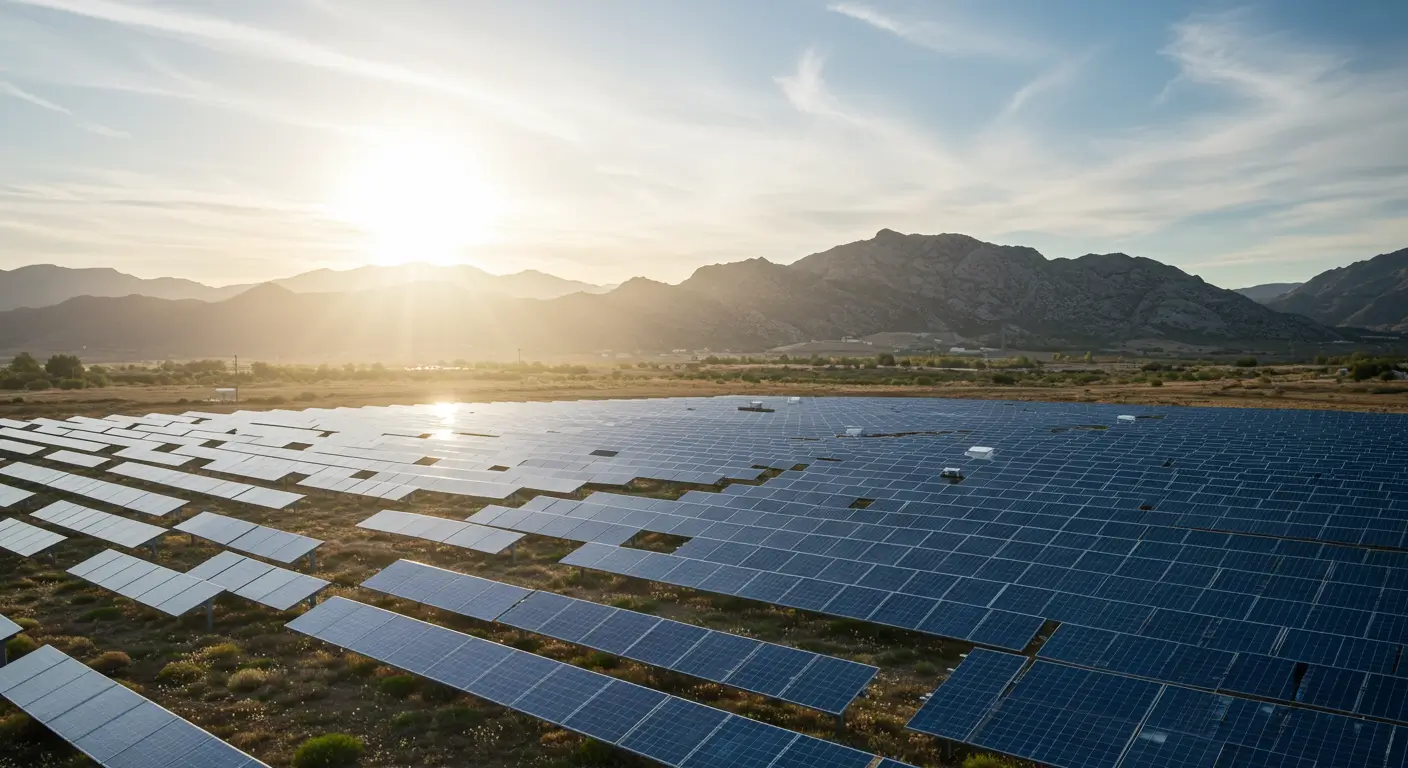
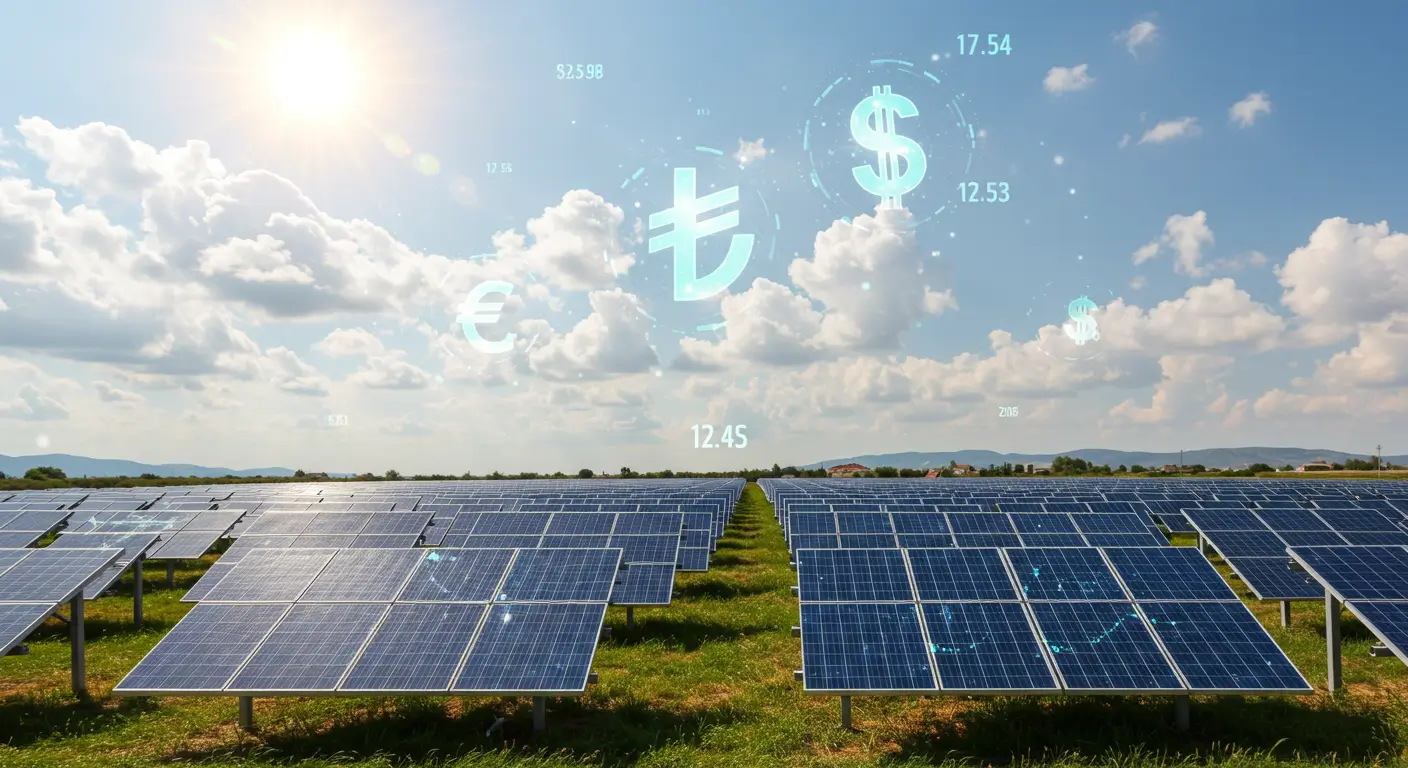
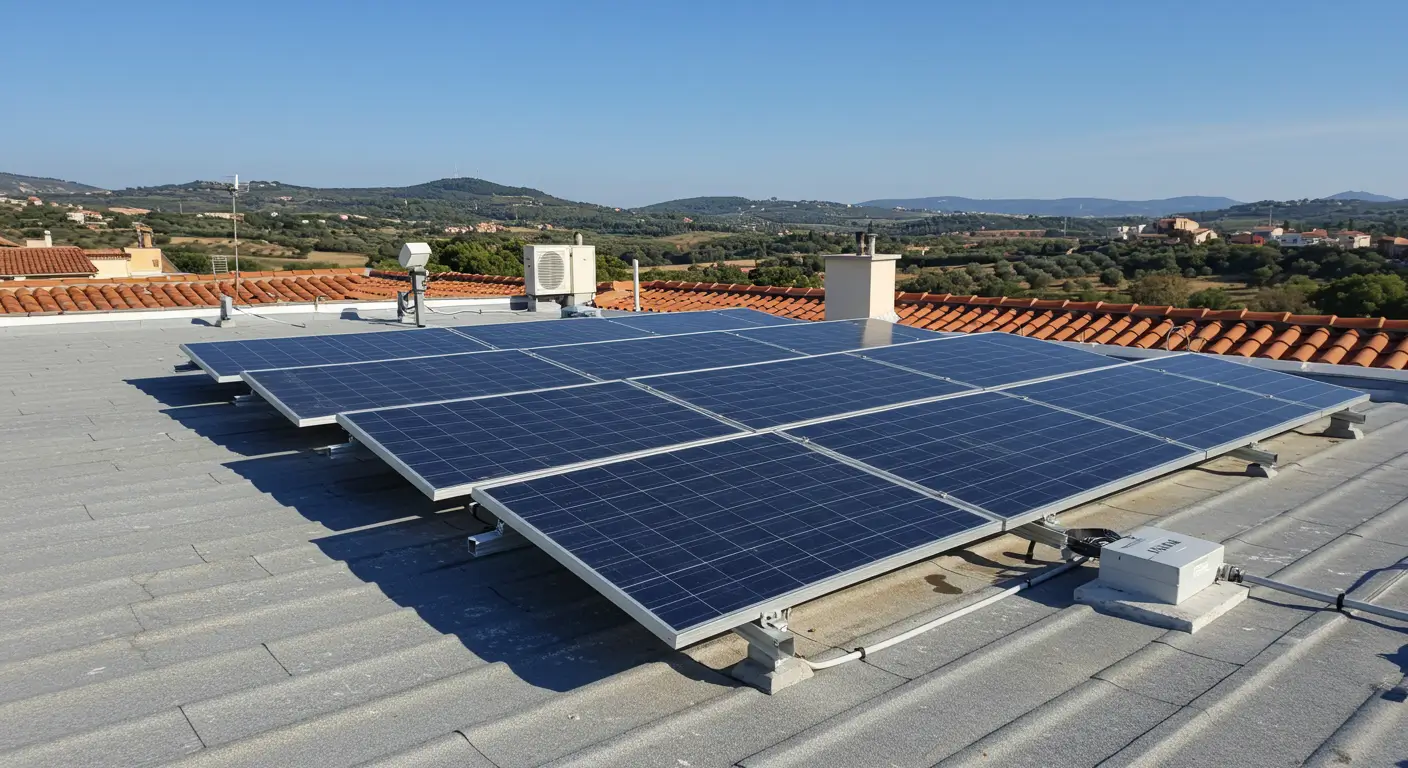
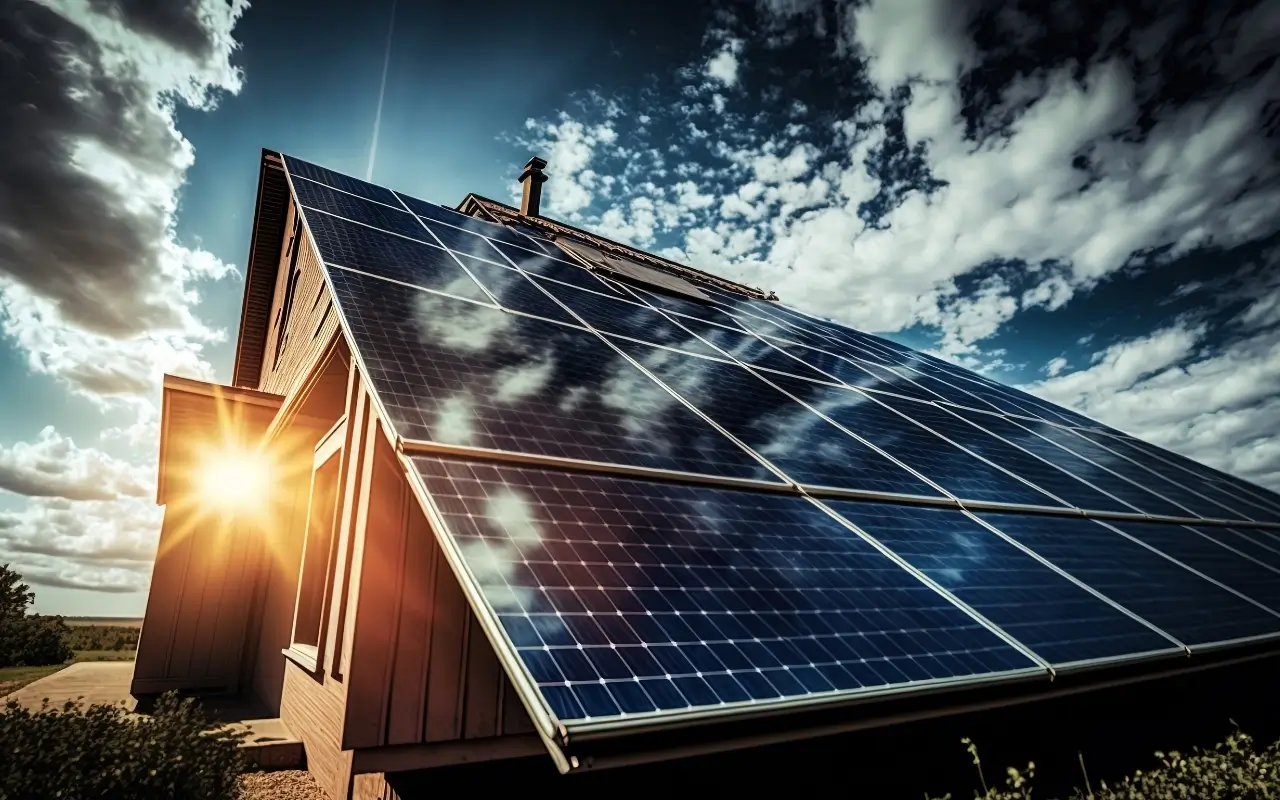
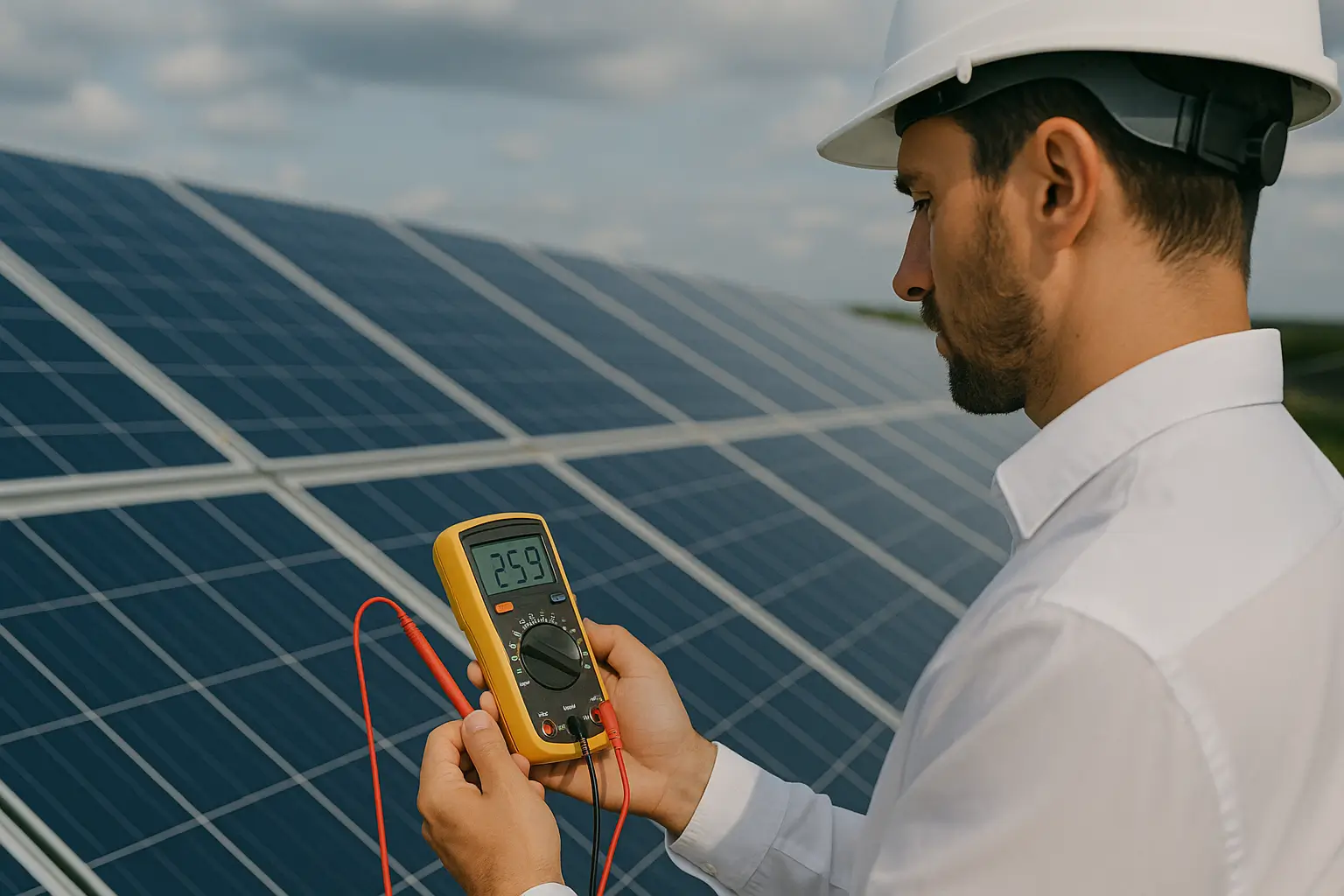
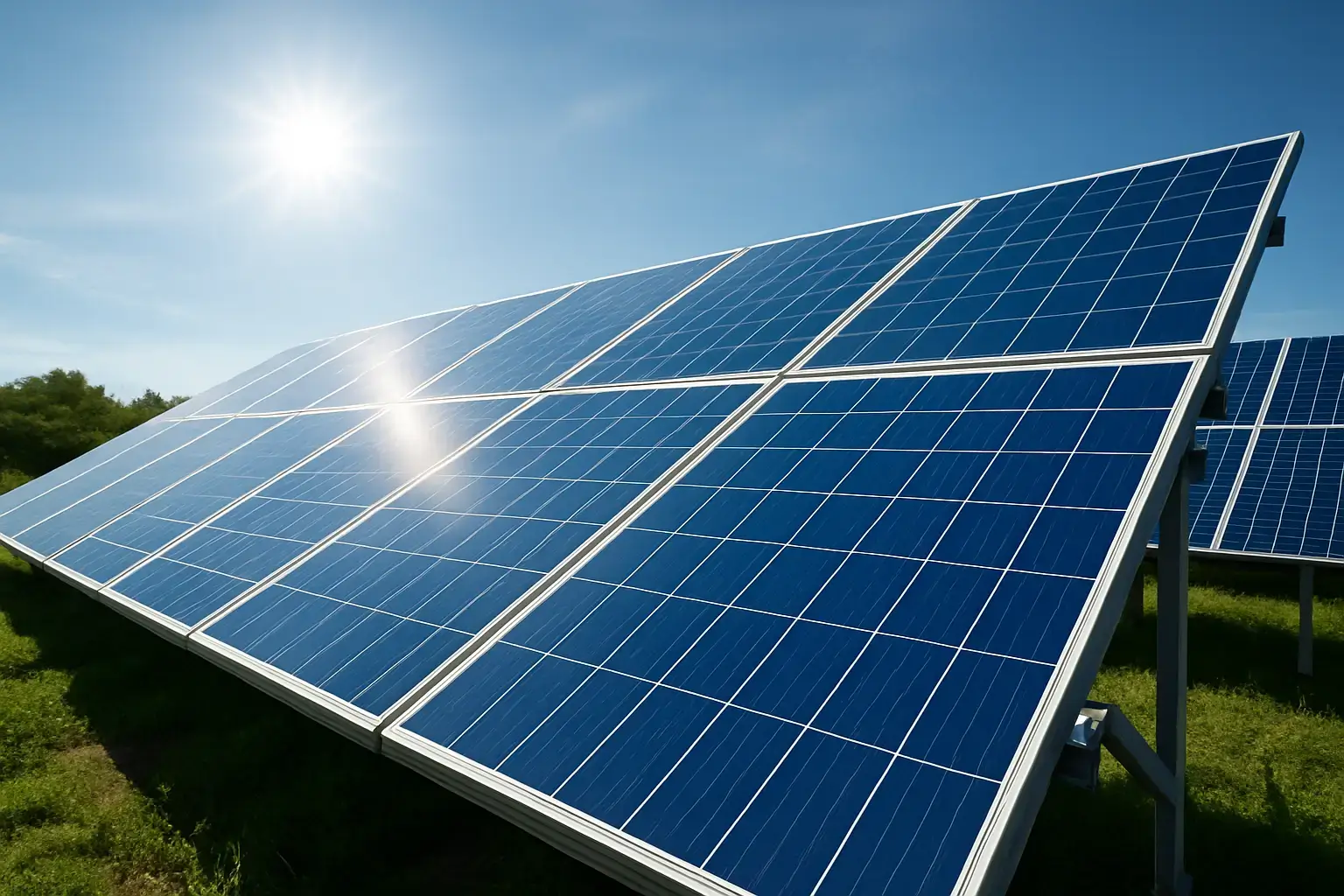
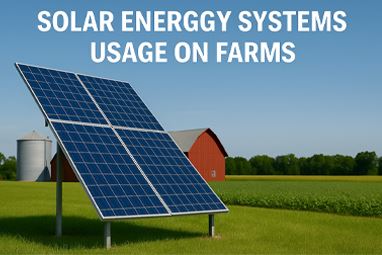
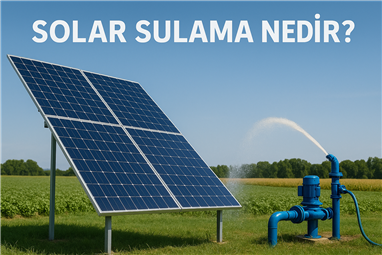
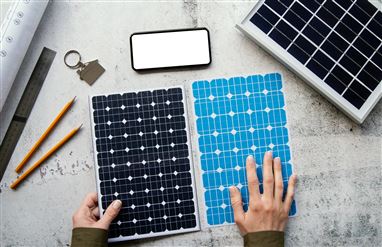


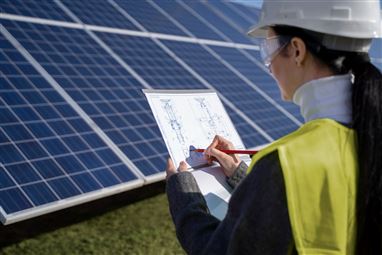
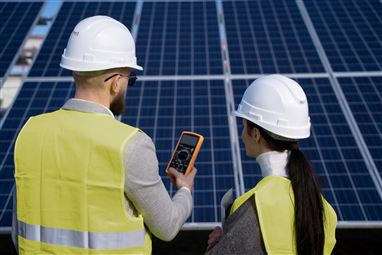
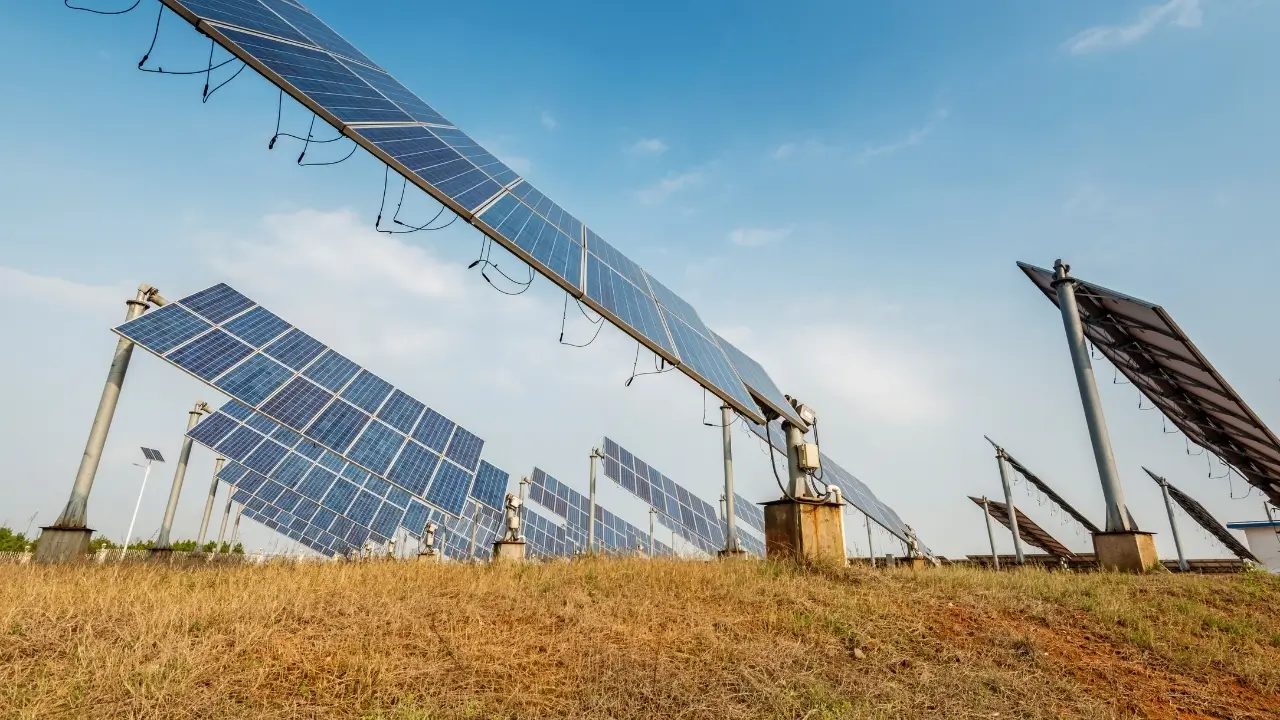
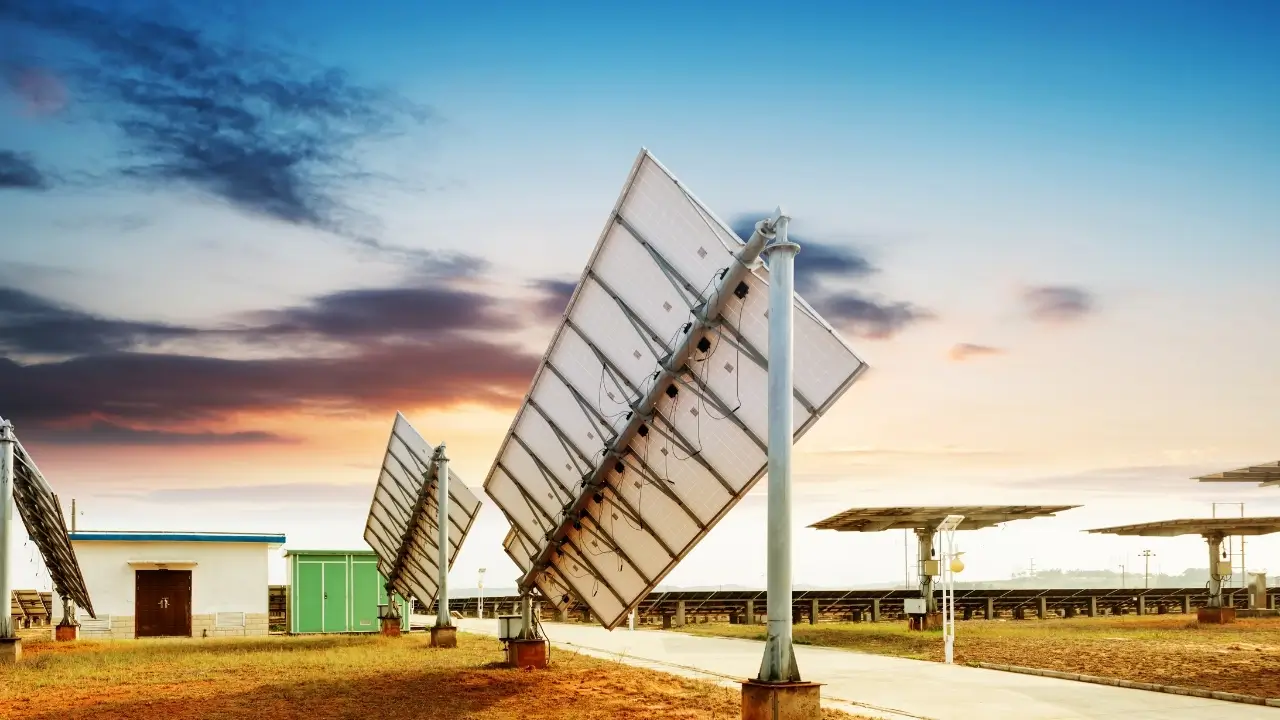
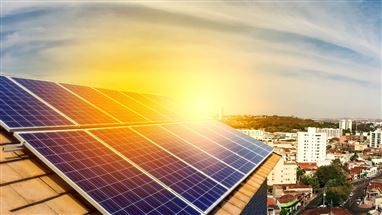
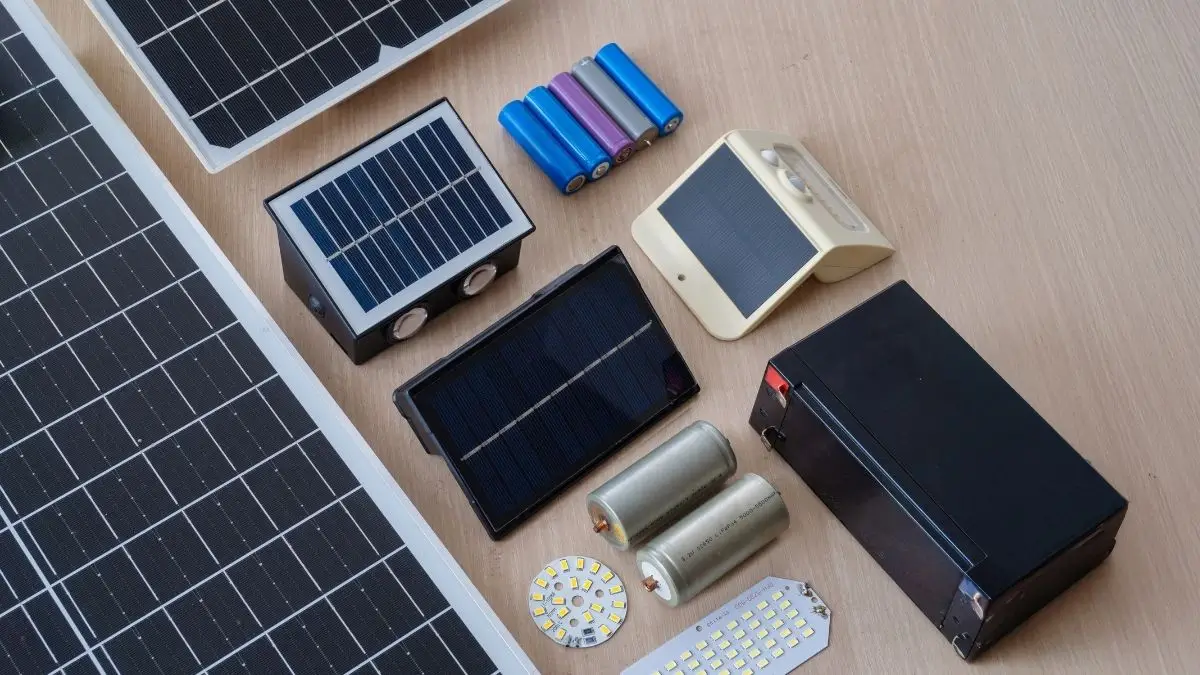
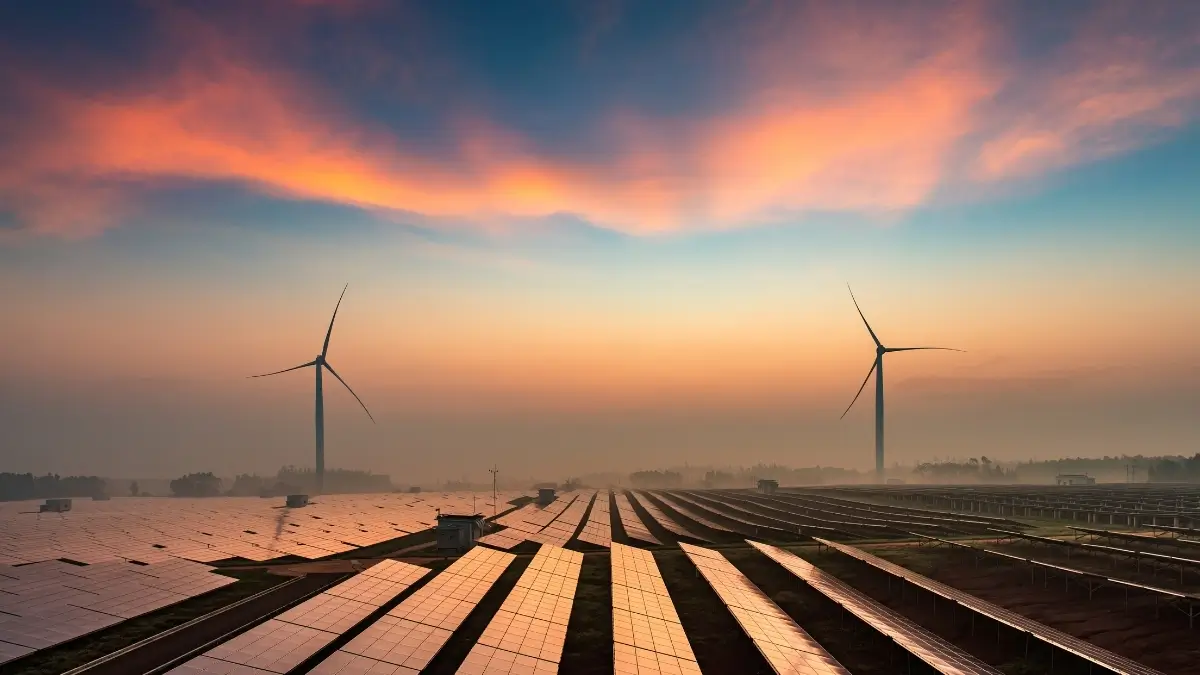
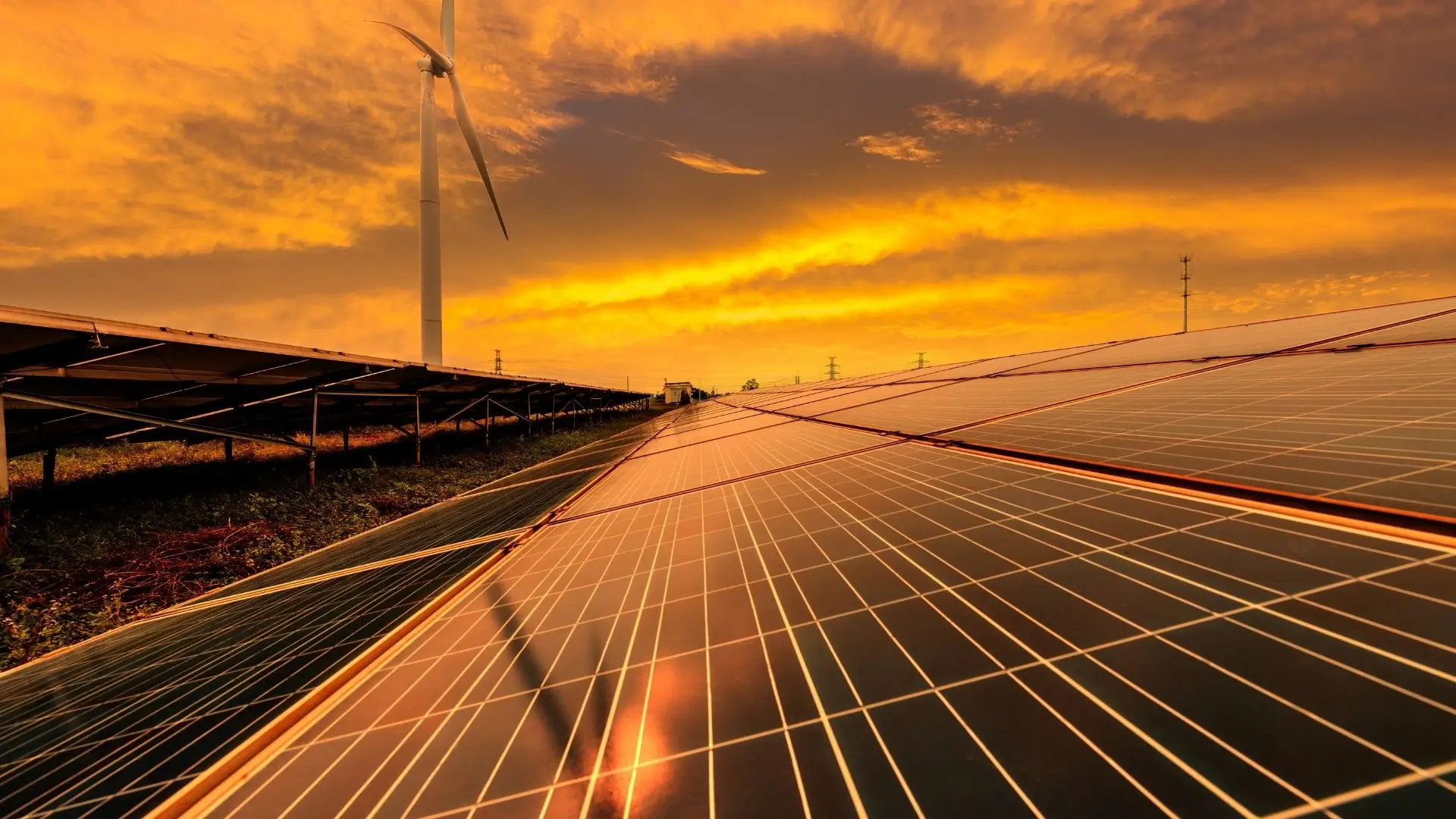
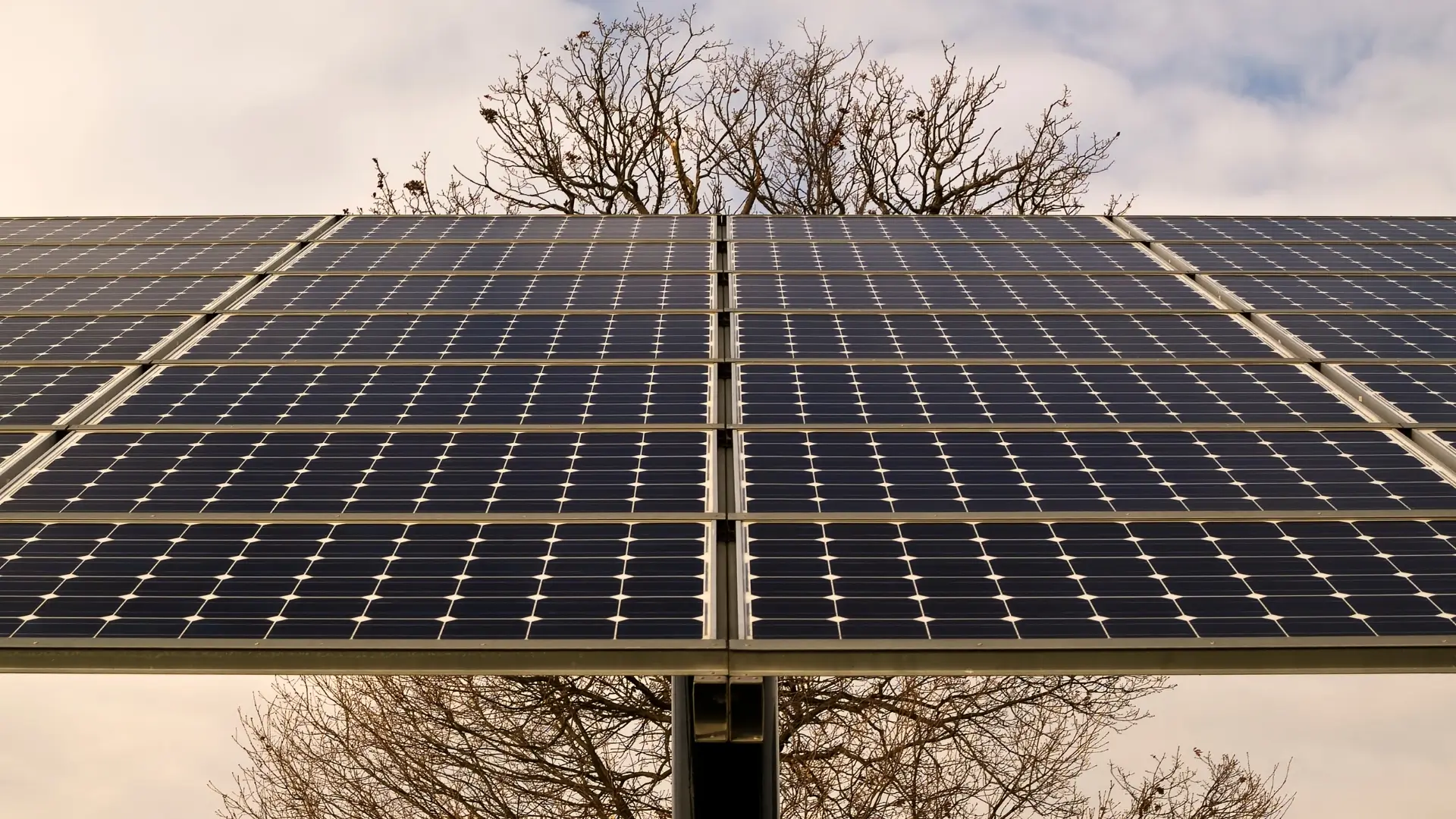
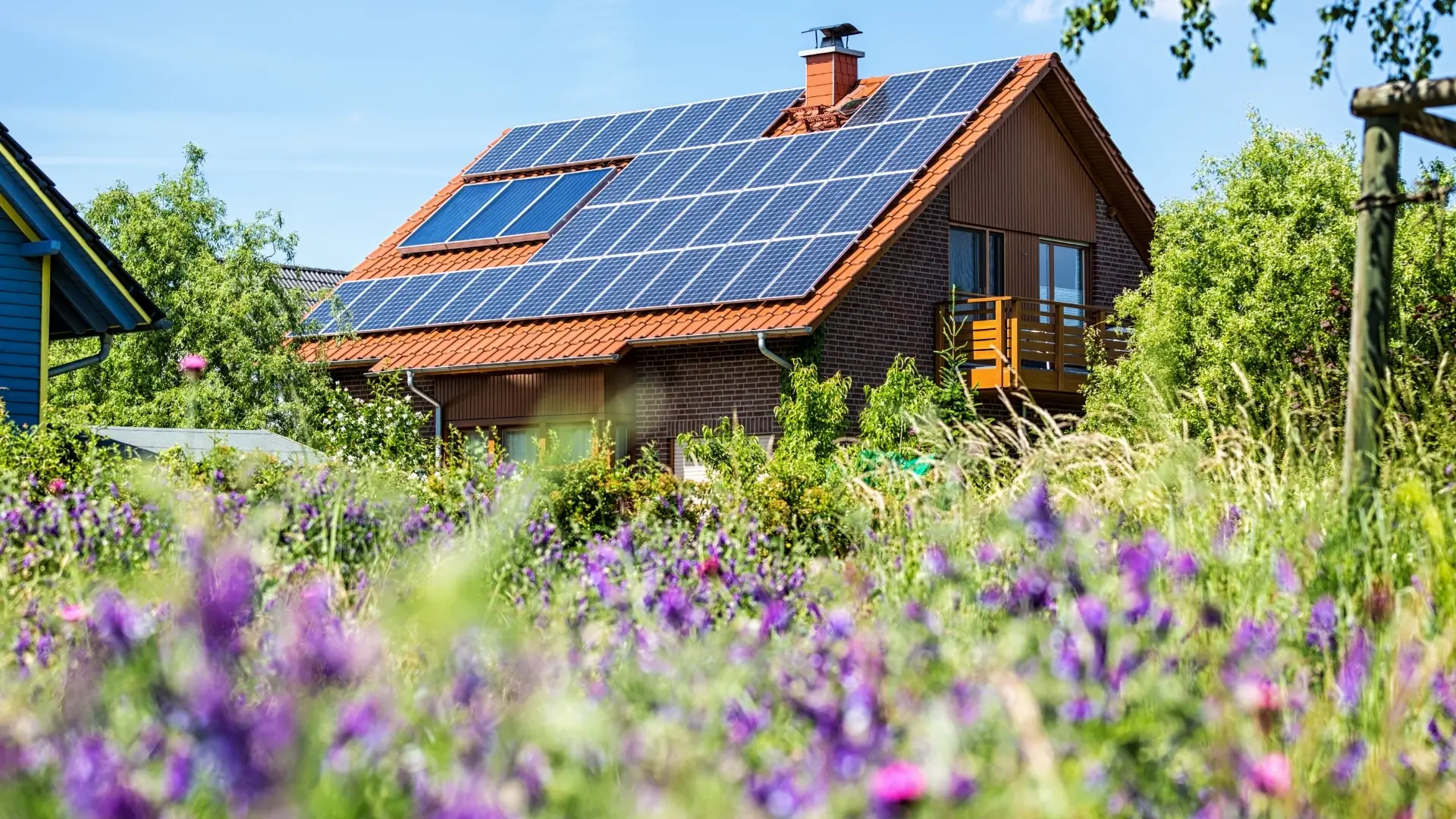
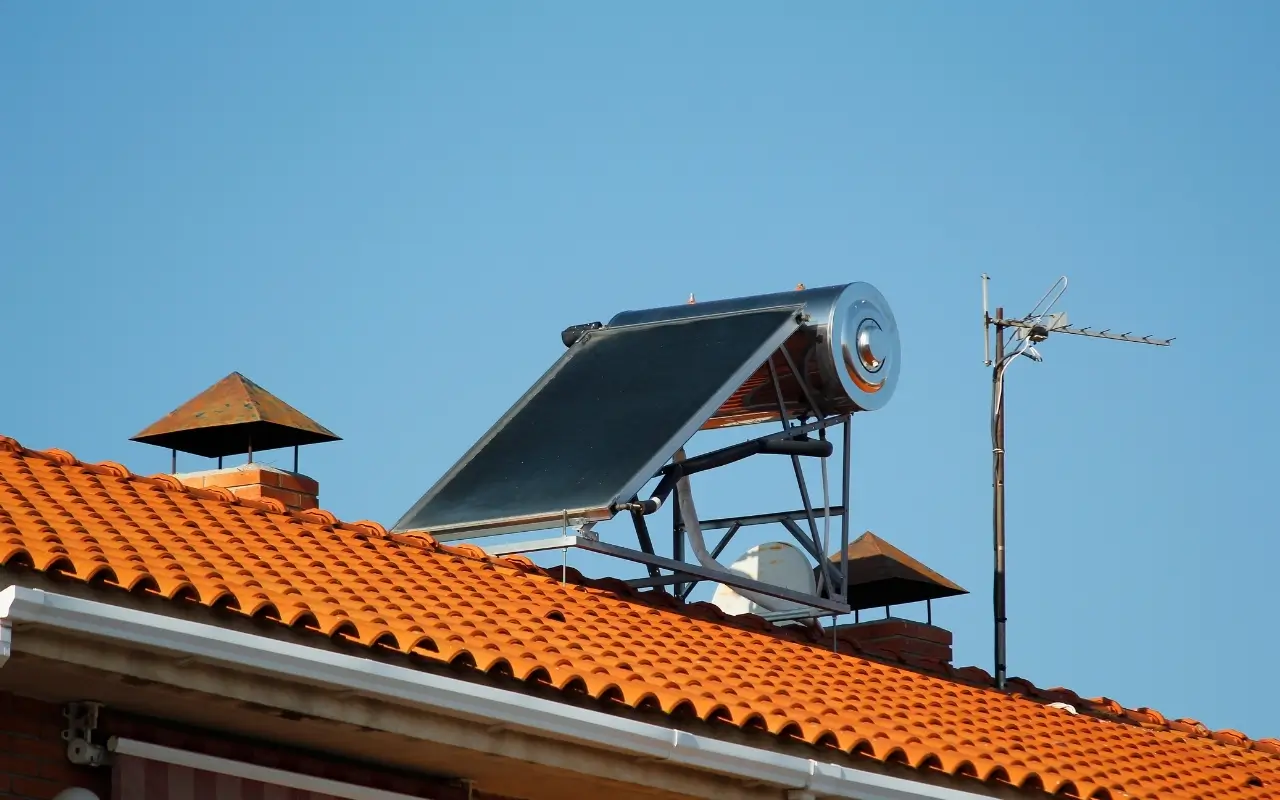
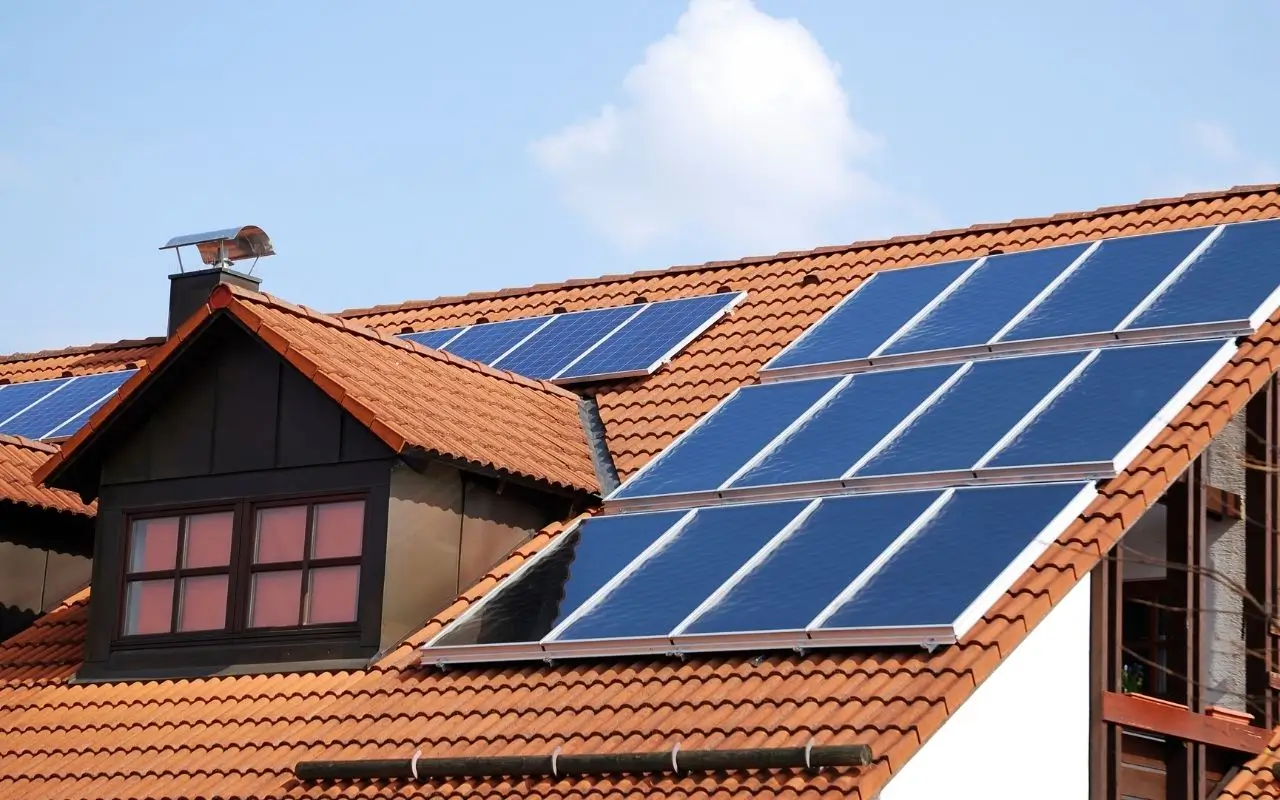
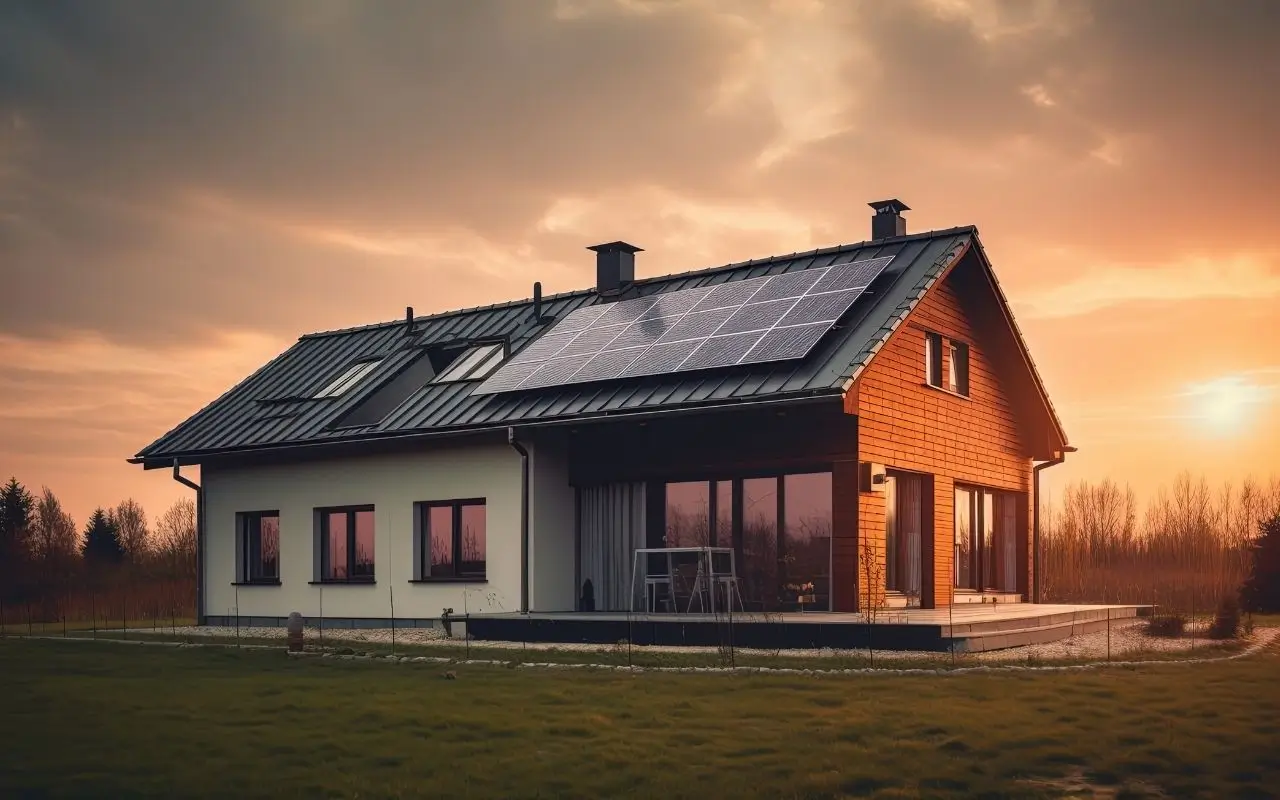
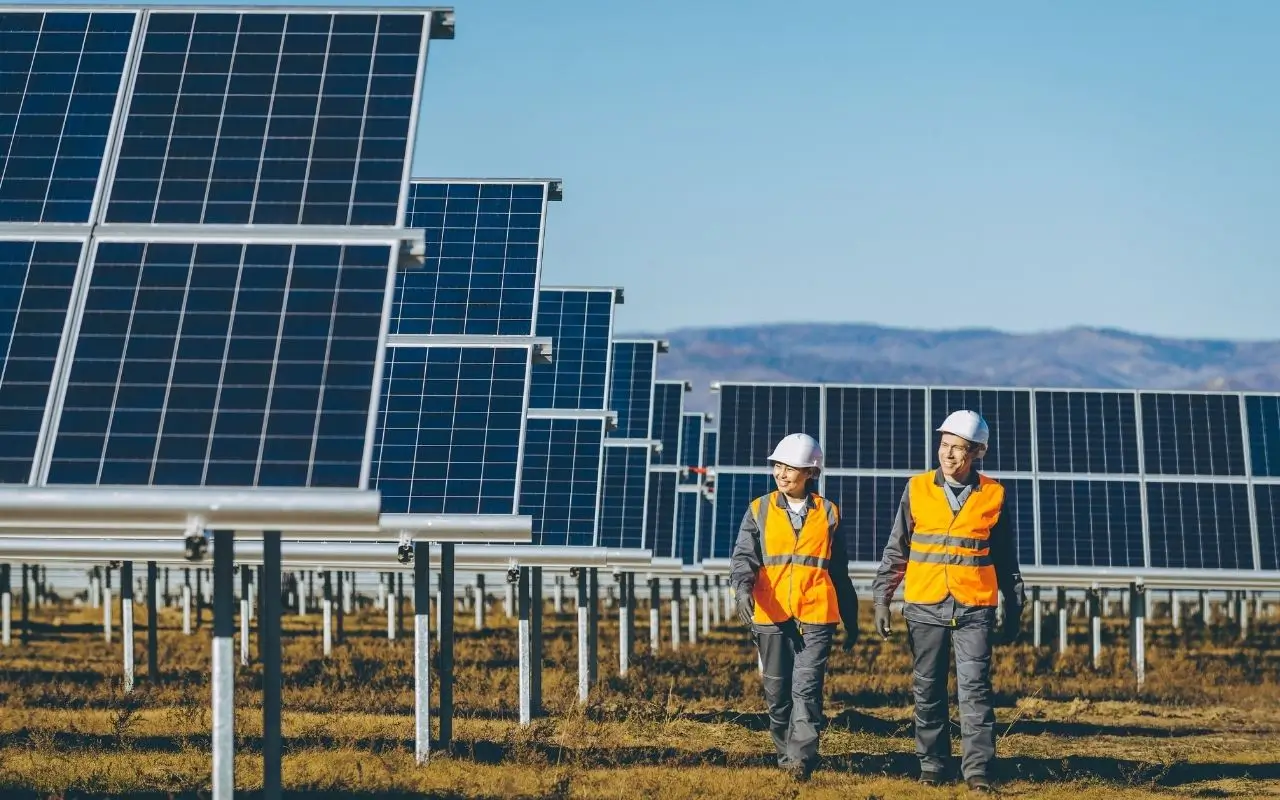
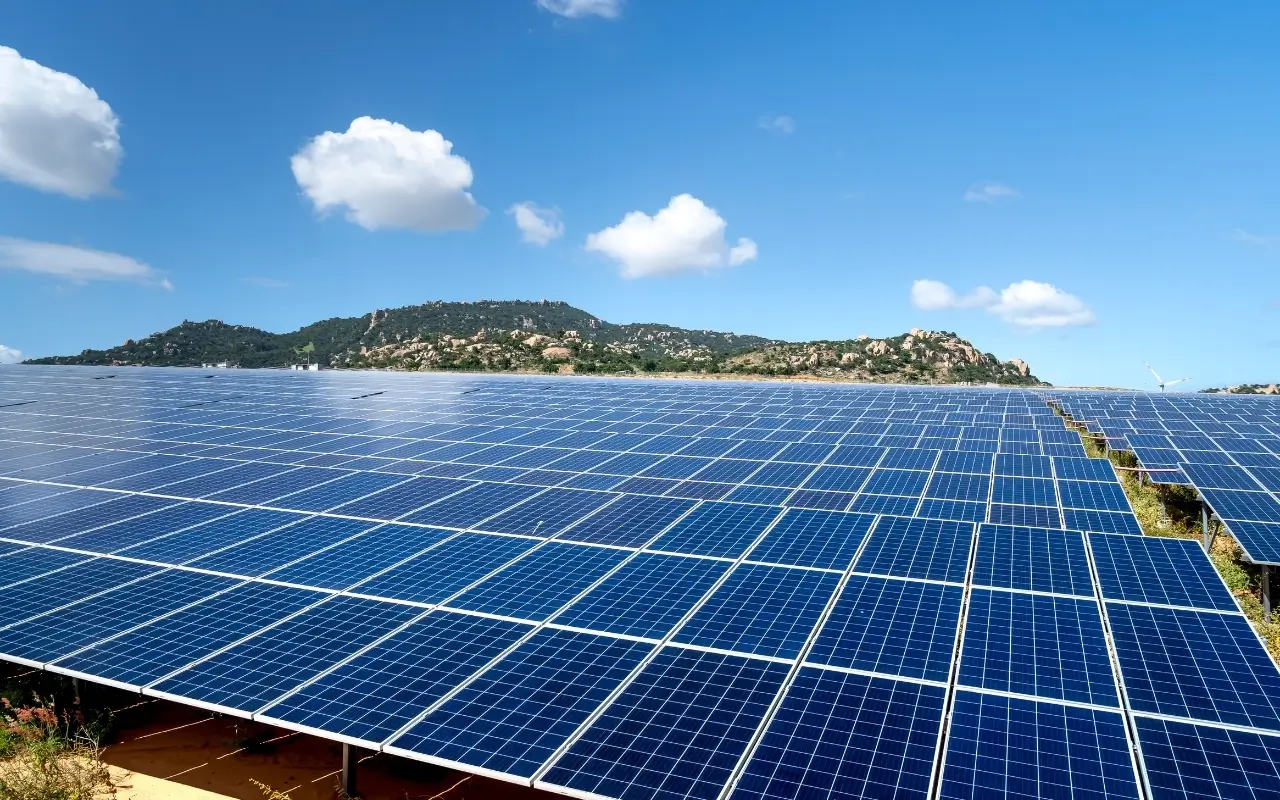
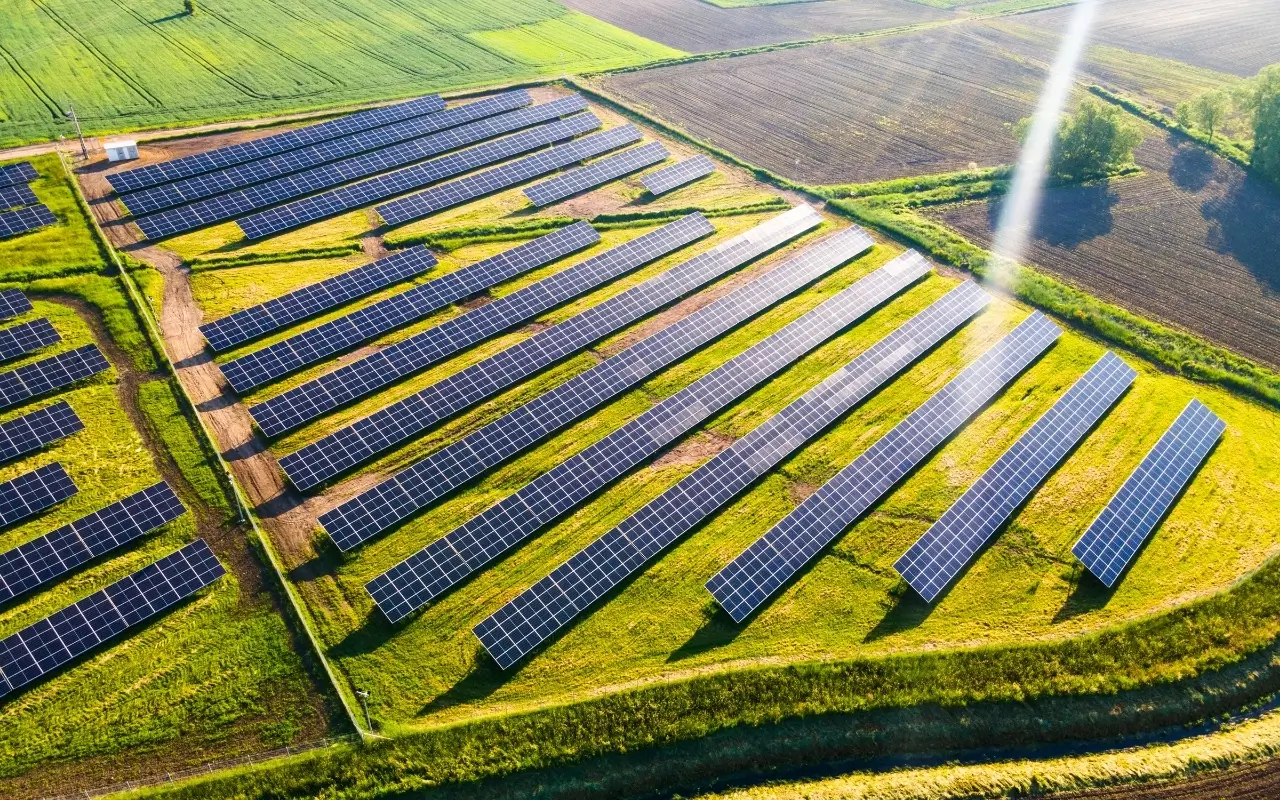
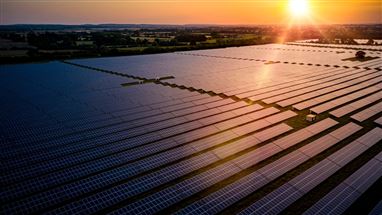
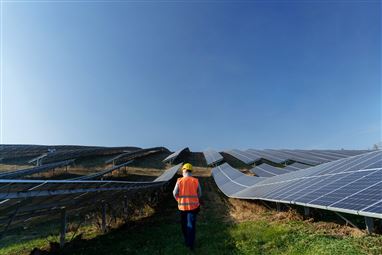
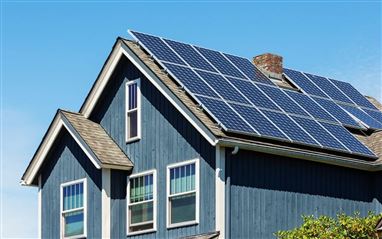
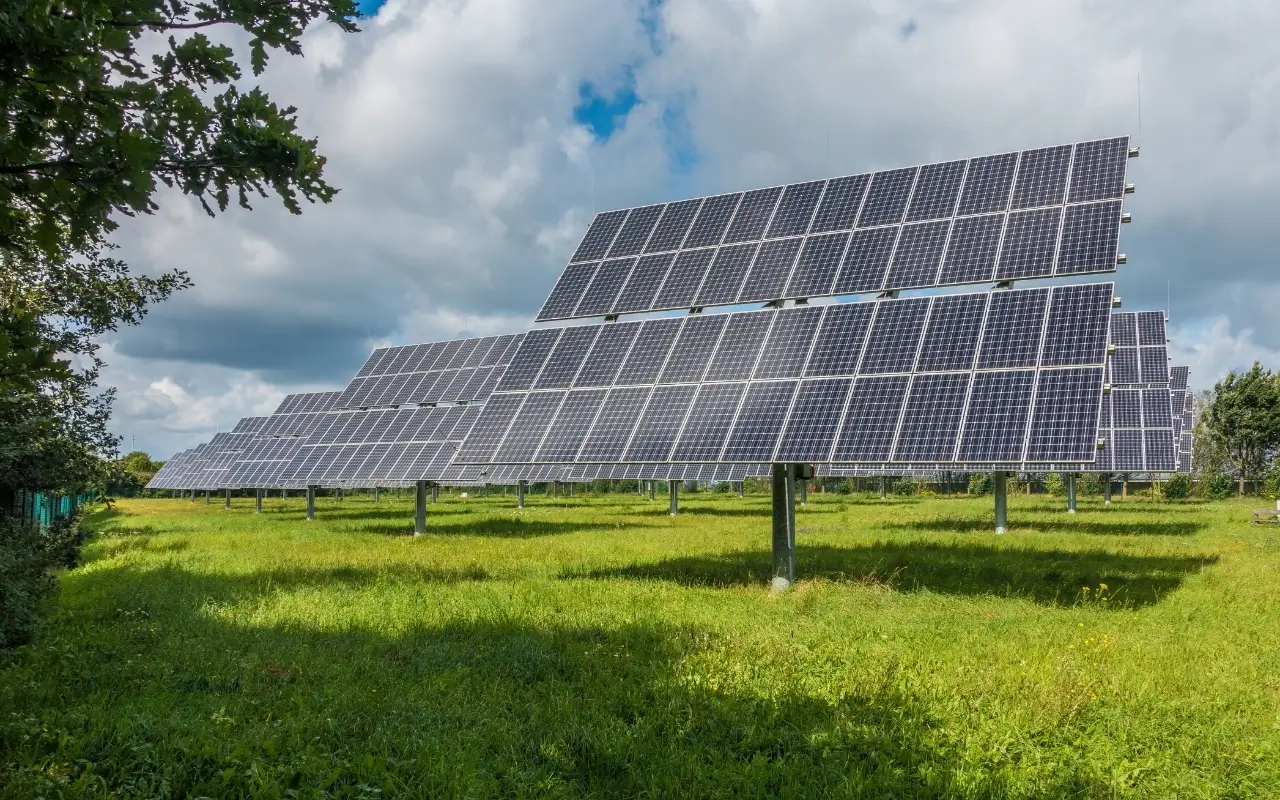
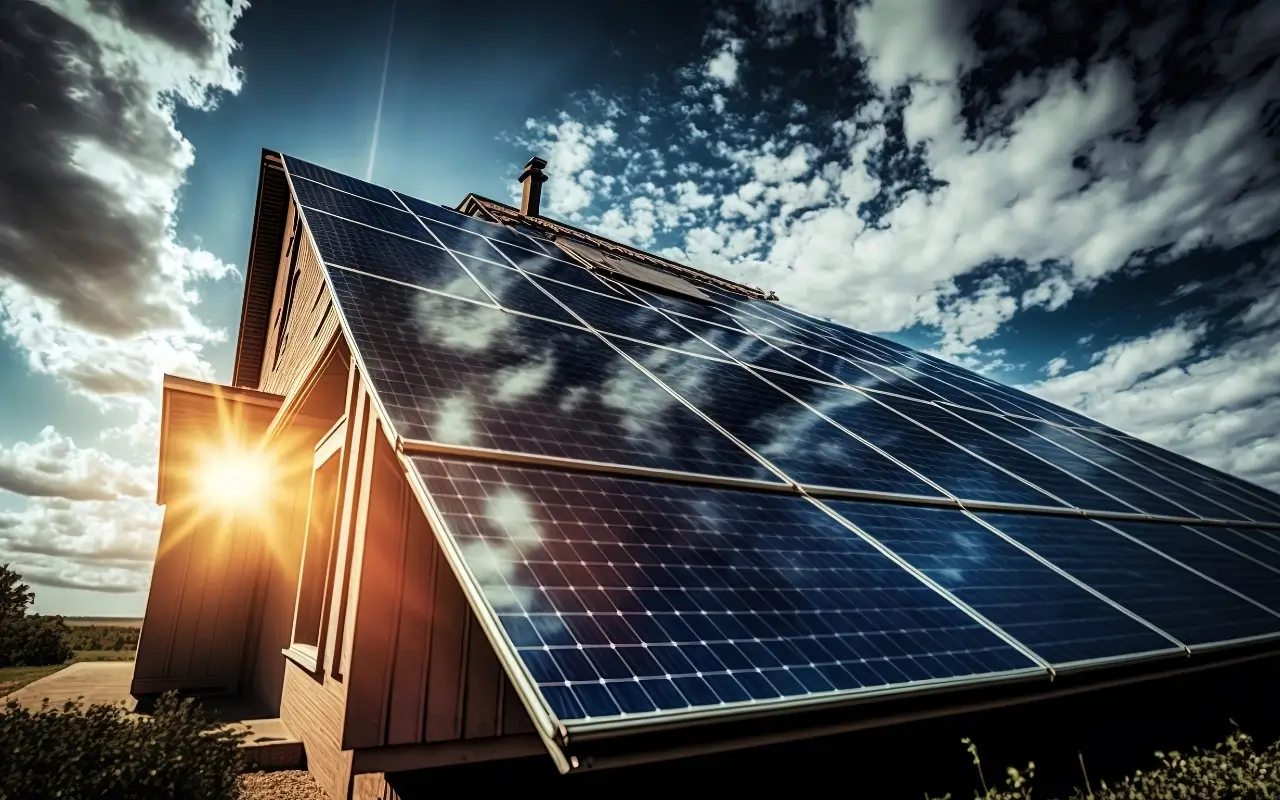
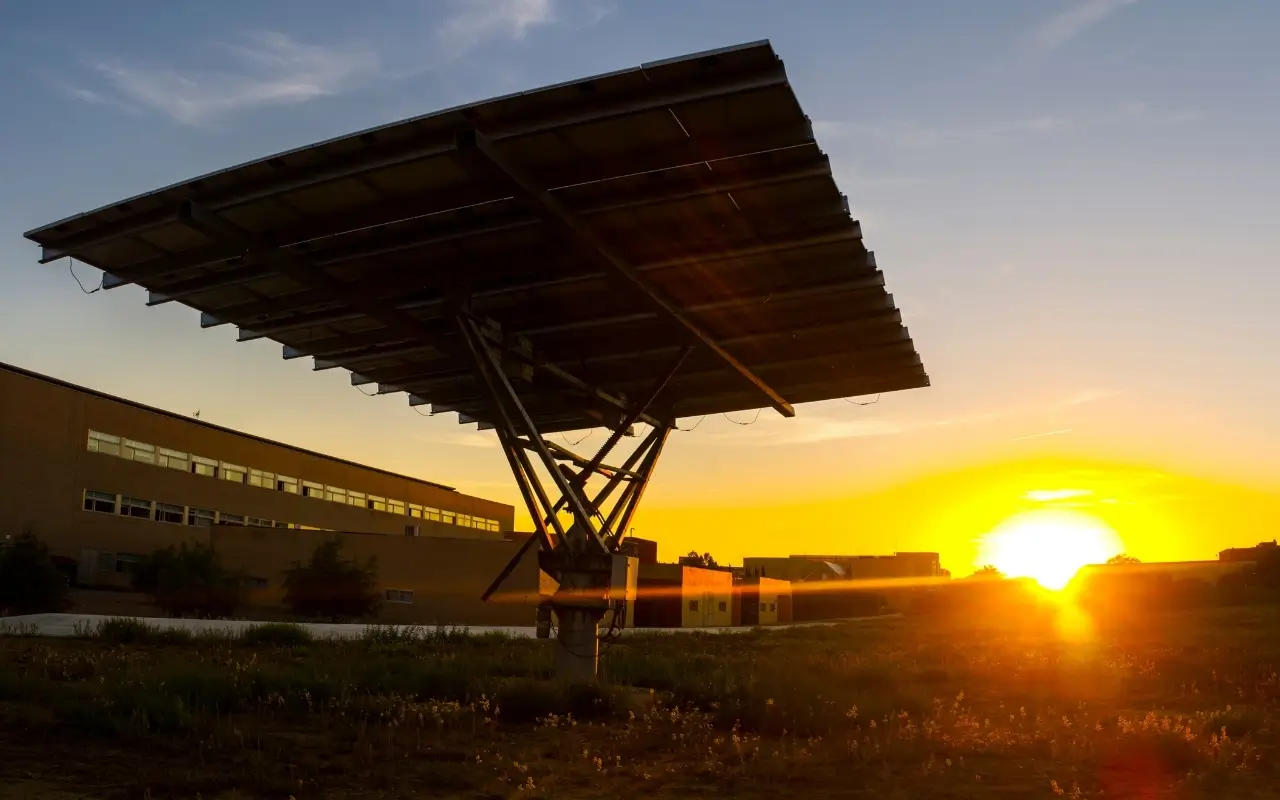
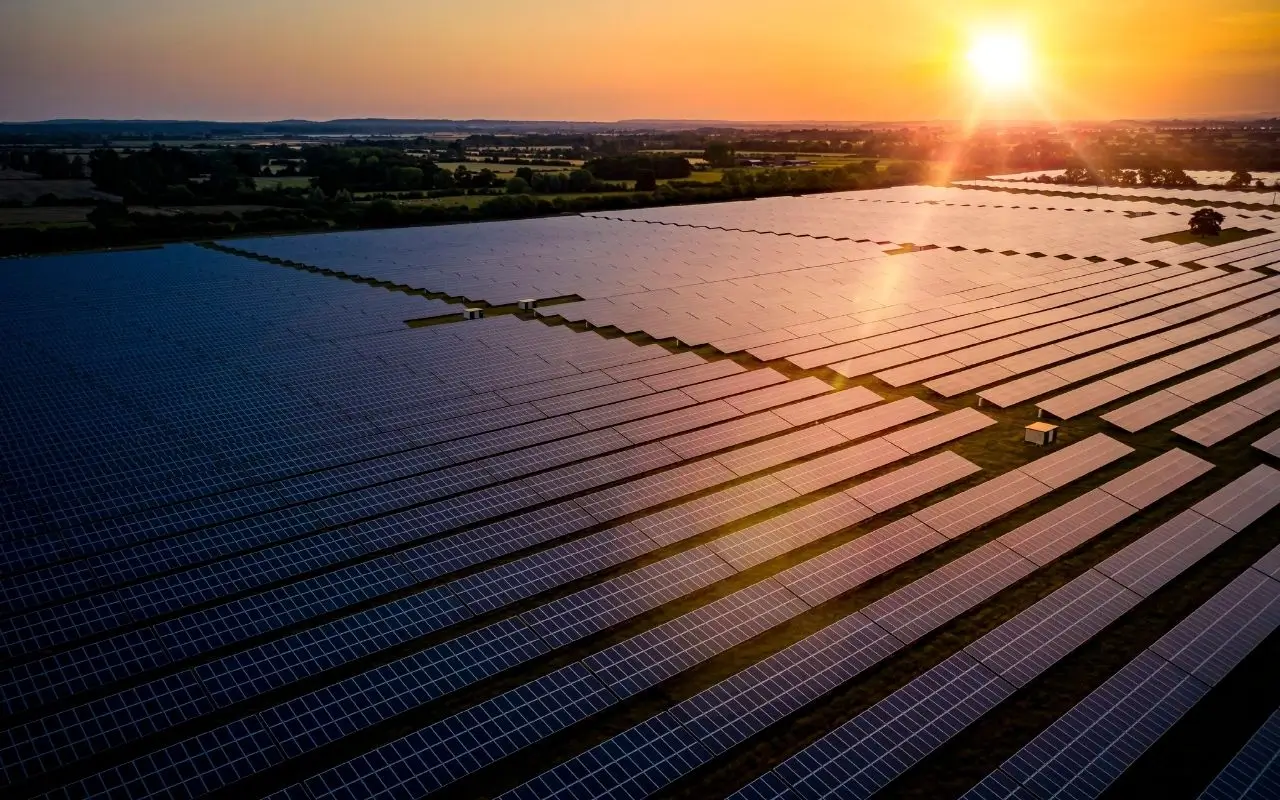
Do Comment